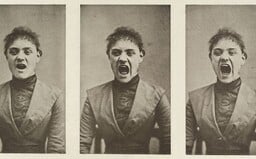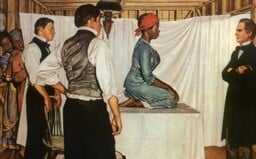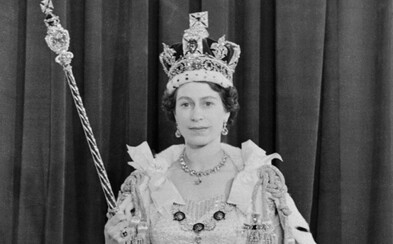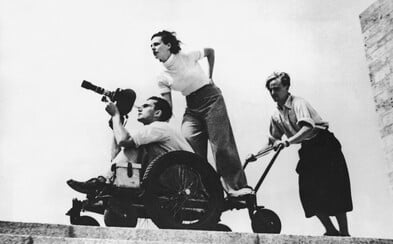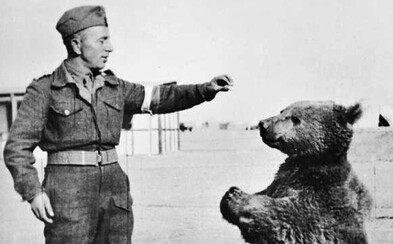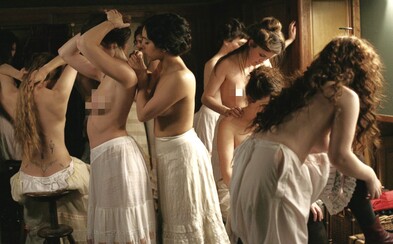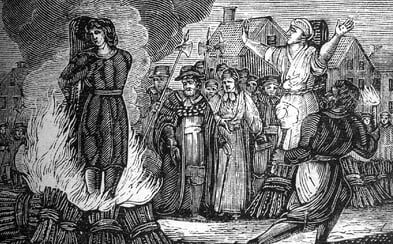 The Witch Hunts Were A War Against Women That Continues To This Day
The Witch Hunts Were A War Against Women That Continues To This Day
The Witch Hunts Were A War Against Women That Continues To This Day
The Witch Hunts Were A War Against Women That Continues To This Day
Humanity Owes Beer To Women. They Dominated The Brewing Industry For Centuries
Brewing golden liquid was not originally a man's business.
If problems persis, please contact administrator.

The sweet smell of barley malt and the image of bottle-green hops. Snow white cap and dewy glass. Flushing away thirst and worldsickness. To health, to you, to us, to our successes and losses, to life and to death. A healing drink and a gateway to alcoholism. For many, that means beer. And behind him stands the brewer - a man in tall boots who lovingly takes care of the slowly emerging golden juice. He walks between the tanks with a long rod with a glass at the end and carefully tastes his creation.
And Mrs. Brewer? She is at home. Although for centuries it was the other way around.
Humanity has been enjoying beer for thousands of years. Allegedly, the first one should have been cooked around 7000 BC. n. l. in China. It had very little in common with today's beer, it was made, for example, from barley bread - but it was beer. However, evidence of the production and consumption of this drink is much older. In Mesopotamia, in the settlement of Godin Tepe, which is located in today's Iran, bitter liquor was already known between 3500 and 3100 BC. n. l.
Pouring filtered beer from a vat is like the rush of the Tigris and Euphrates
The participation of women in brewing beer is historically documented as far back as four thousand years ago in Mesopotamia - it is therefore indisputable that the first "brewers" were women. As historian Joshua J. Mark points out, most ancient depictions of brewing in both Mesopotamia and Egypt feature women. The female footprint in beer probably stems from faith and religious rituals. In many cultures, the goddesses and protectors of brewers were female entities associated with fertility. The Celts worshiped the goddess of beer Deu Latis, the ancient Egyptians Nebthet or Tenenet. In both Baltic and Slavic mythology, there is a goddess named Raugutiene who protected beer. Finns believe in a woman named Kalevatar who invented beer by mixing honey with bear saliva. And the ancient Sumerians had a beer goddess, Ninkasi, who embodied both the positive and negative consequences of drinking beer.

It was in the hymn of Ninkasi that one of the first "recipes" for beer production appeared. It was written around 1800 BC, but according to historians it is much older. Scholar Paul Kriwaczek states that the hymn describes techniques dating back a thousand years, noting that many different types of beer already existed in Mesopotamia at the time the work was written.
You are the one who bakes the beer bread in the big oven and puts the piles of husked grain in order. It is you who water the malt that is covered with earth; noble dogs guard it even from potentates.
It is you who dip the malt in the glass; waves rise, waves fall.
Ninkasi, it is you who spread the boiled porridge on the great reed mats; the cold wins.
Ninkasi, you are the one who pours the filtered beer from the vat; it is like the torrent of the Tigris and Euphrates.
From goddess to cook
Of course, it goes without saying that the ultimate control over women's economic activities, including brewing beer, was, of course, held by men - husbands, fathers, brothers.
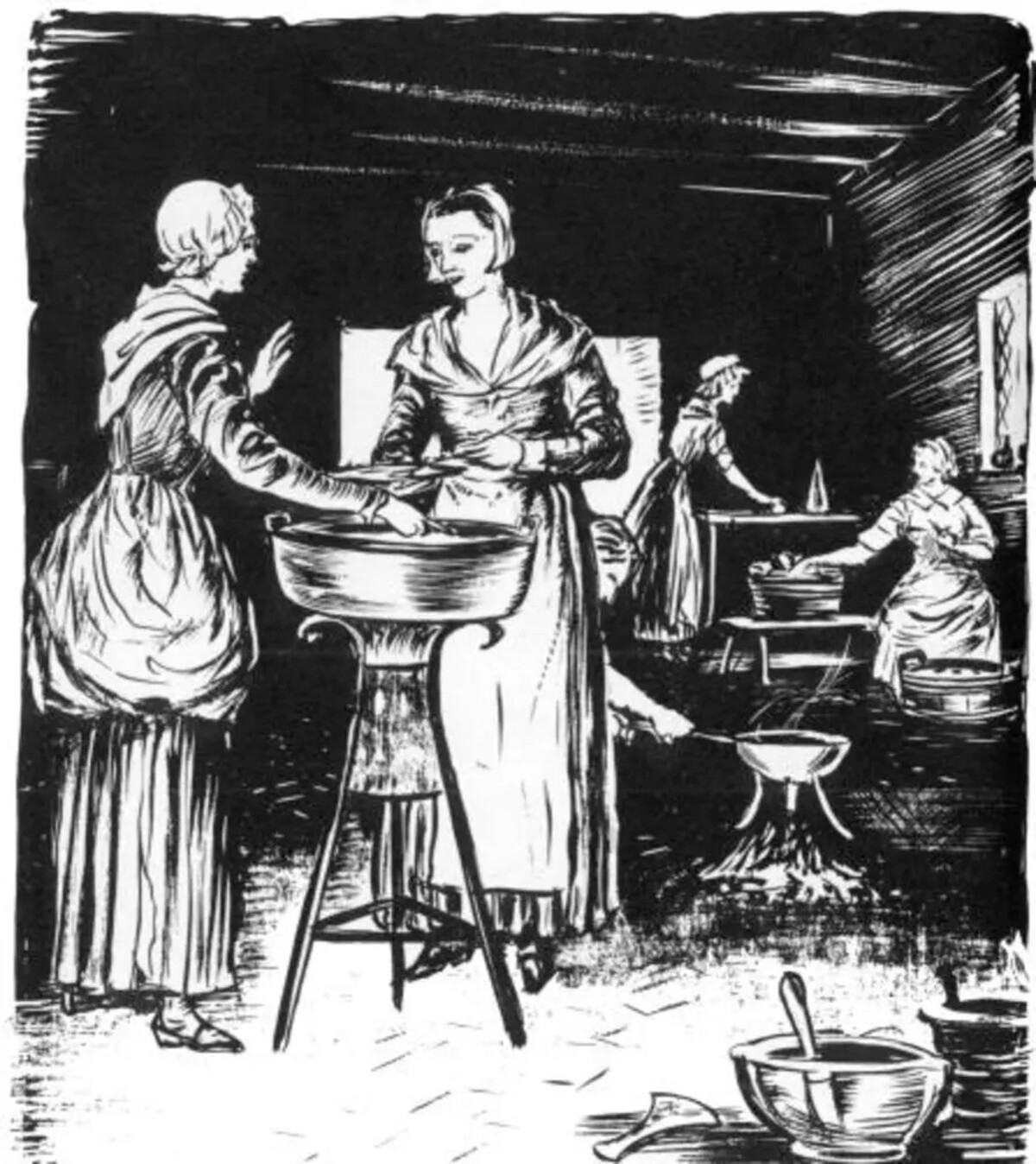
However, the petty "women's work" was slowly becoming a relatively good extra income. Brewing beer did not require a large initial investment and represented a decent source of income for single women and widows - especially considering the fact that women were associated with lower-valued and unskilled work at the time. And brewing beer was also considered such job, although it certainly required years of proven know-how.
Married women then founded breweries alongside their husbands. This is how the names "alewife" arose (in English, the term "ale" originally referred to beer brewed without hops, editor's note) or "brewster" denoting women who brewed and subsequently sold beer. But the terms have disappeared from the English dictionary. The term "brewer" won, which is originally gender-neutral, but was mainly used for men. By losing the word "brewster," according to Bennett, we have lost the feminine (and thus the original) part of beer history.
When the men discovered that brewing beer could be a profitable business, they took over
Brewing began to pass into the hands of men in the middle of the 14th century, when a plague epidemic swept Europe. Not only was it safer to drink beer than water, but the felchars (doctors, editor's note) of the time also believed that this golden juice strengthened the body's key defense organs, such as the brain, heart, and liver. Demand for beer thus increased rapidly - favoring suppliers who could finance and operate larger operations with a steady supply, and disadvantaging home-based businesses, which were mostly run by women. At that time, they had not yet disappeared from the brewing industry, but they occupied the lowest positions.
Single women did not have access to the kind of wealth or political influence that was needed for large commercial brewing operations. At the end of the 14th century, there was an increase in breweries run by married couples - women provided brewing know-how and men capital and political connections. Another structural change in brewing occurred after the regulation of the industry and the establishment of guilds, in which women had only a very limited participation. The brewery therefore had a better chance of success if it was headed by a man.

As Bennett describes it, back in the 1300s brewing was a small, unorganised and underdeveloped industry run by women from their homes. In 1600, there were breweries in villages as well as in big cities. Brewing became an industry so vast and centralized that it began to play a leading role among other modern industries. Housewives also brewed exclusively non-hopped "ale" beer, which spoiled relatively quickly - so beer made from hops was more likely to be sold. Although hops and their preservative powers marked the beginning of the end of female dominance in brewing, it was a woman – the Benedictine abbess Hildegard of Bingen – who first described its scientific properties in the 12th century.
All these changes were slow and uneven, but they were inexorable - the female-led "home" breweries didn't stand a chance. The commodification of brewing, which goes hand in hand with the disappearance of women from the industry, is also an example of a trend in which new technologies are associated with men, according to historians. The trend can also be traced, for example, in the dairy and pharmaceutical industries – women were pushed to the sidelines as the industry became more sophisticated and organized.
Do you brew beer and are you doing well? You must be a witch!
Of course, the reasons for the gradual masculinization of brewing were not only economic. Many men did not like the power and emancipation that women gained by brewing beer. Their success "must have been witchcraft".
The appearance of breweries also contributed to accusations of abuse of dark power. They carried their beer to the market in large cauldrons, wore tall pointy hats, and were even often in the company of cats - however, according to The Conversation server, they had a purely practical role, namely to drive mice away from the grain. Their portrayal in art, literature and pop culture was also negative - some historians therefore see a clear similarity between the "cutting out" of women from the brewing industry and anti-witchcraft propaganda. Male brewers saw the expanding witch trials as an opportunity to limit competition. And they succeeded.
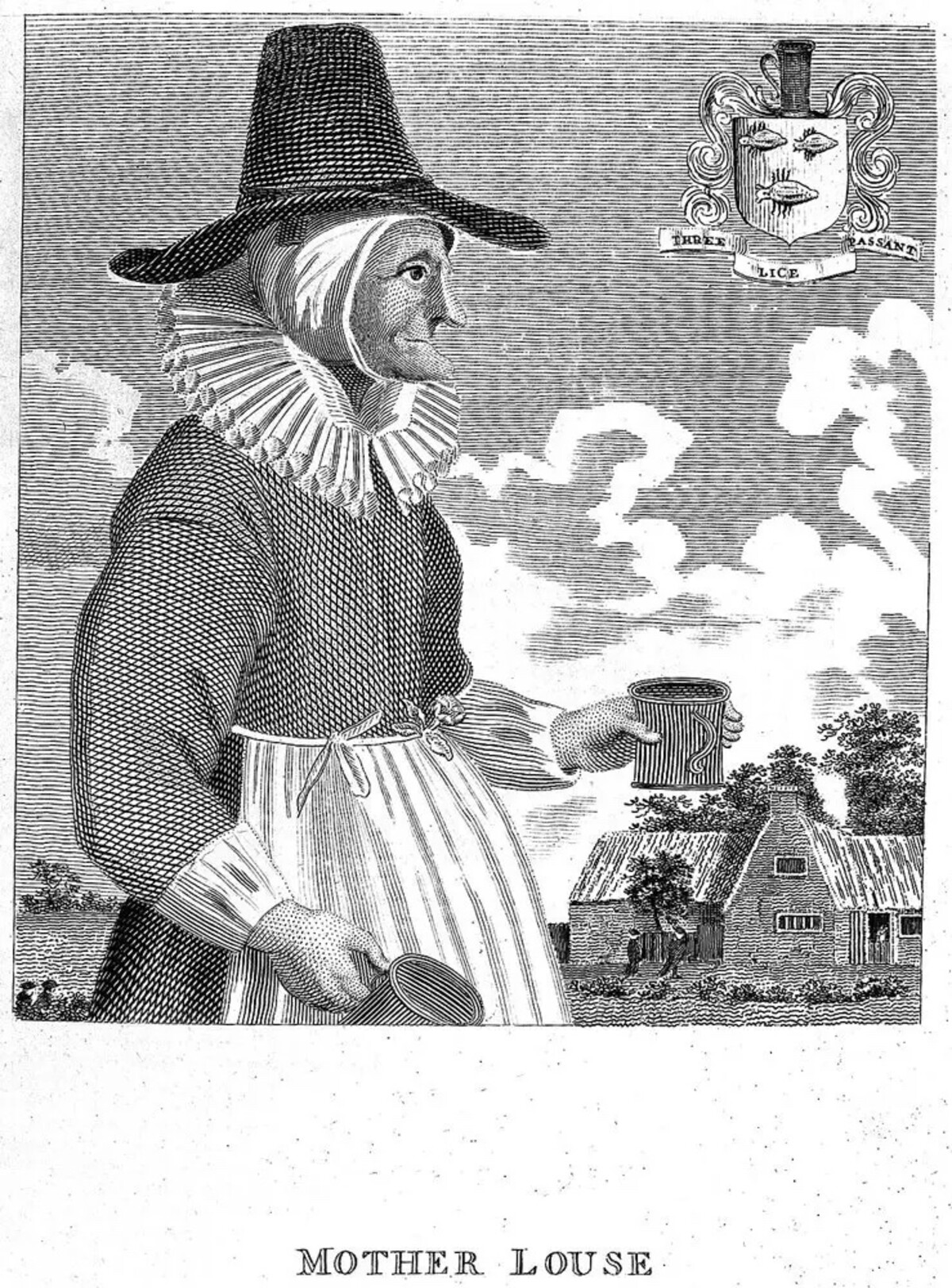
Originally an exclusively female industry, today it is firmly in the hands of men
Women stopped selling beer, either because of fear of being accused of witchcraft, economic demands, or legislation and all the regulations that affected them worse than men. However, they continued to brew beer at home according to the methods of their ancestors. Since the beginning of industrialization, most women were "pushed out" of the brewing industry or decided to leave on their own due to unfavorable conditions.
Nevertheless, there are no women in leading positions in the world's major breweries, the usually occupy places in craft and microbreweries. For example, a Stanford University study found that 20 percent of US breweries opened in 2014 had a female co-founder, while only 2 percent were exclusively female-owned. Only 4 percent of the monitored breweries had a head breweress at the same time.
In the fermented and alcoholic beverage industry - including beer - women and non-binary people are supported and encouraged by the Pink Boots Society. “We learn through our own seminar programs and help each other advance in careers both in the front and back of the brewery by raising money for educational scholarships,” the company says on its website. The Pink Boots Society has approximately 2,000 members, most of them from the US.
If problems persis, please contact administrator.

